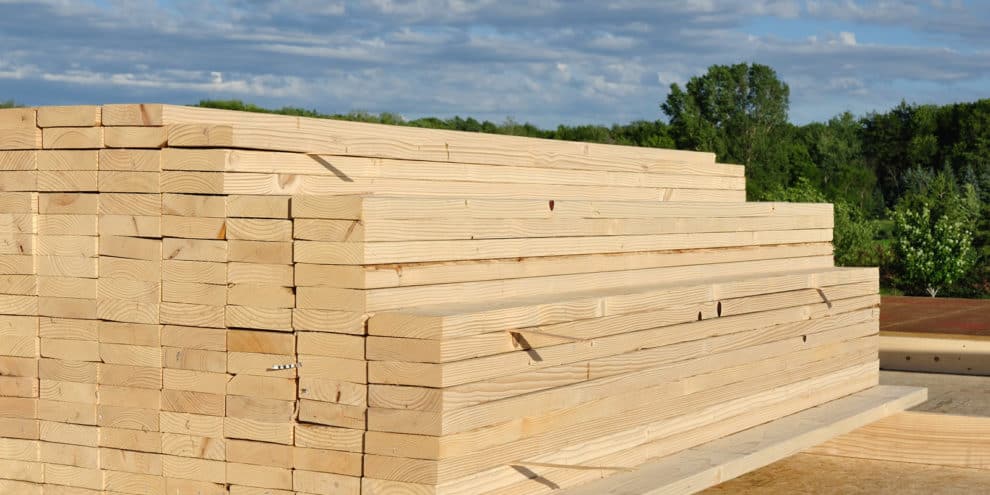We often expect housing and lumber and timber markets to interact and behave in certain ways. However, these expectations have nothing to do with Emily Post or proper manners at the dinner table. Rather, they assume that we can all see and access the same market clearing information, and that we apply this uniformly across local markets to price frictionless transactions. (You know, like in the real world.)
In conducting market analysis and developing investment strategies, we want to understand what matters, where we actually have influence, and then focus there. Trees grow and markets cycle. So how can we clarify our thinking with respect to the big picture?
Fundamental Factors that Matter
Let’s revisit three fundamental drivers as we screen distractions from trade negotiations, demographic second-guessing and data uncertainty while assessing forest industry investments and timber markets:
- Demand for housing. Forisk’s current U.S. Housing Starts Outlook peaks at 1.56 million in several years, before returning to a longer-term trend. However, when you dig into the required housing replacement rates and U.S. household formation rates and standard immigration figures, a 1.5 million baseline pencils out below what the U.S. needs to satisfy fundamental demand on a decade-to-decade basis. Mid to longer-term, the housing story remains robust, even accounting for brief delays in home-buying by millennials choosing to wait a few extra years to have children or pay down student loans.
- Cost (and supply) of housing. Recent housing data, with average home size increasing again, implies less interest in starter homes and potential stagnation in the total market. However, a more direct culprit is the rising costs associated with home construction across a range of variables: high building material prices, especially for lumber (further escalated by U.S. trade policy toward Canadian lumber); high transportation costs for these materials (due, in part, to driver shortages); and high labor costs (due, in part, to labor shortages exacerbated by uncertain visa programs and immigration policies in a low unemployment environment). The result clarifies our current high-priced, short-supply of available homes for potential buyers, but does not imply long-term structural changes in demand for homes.
- Softwood lumber production by region. This story has been written: the U.S. South will lead North America for the foreseeable future. Relative timber supplies and pricing and the flow of capital investment in mills across the continent nail this down with high confidence (and some humility; see note below). For timber and lumber investors with long timeframes, this reality addresses “where do we prioritize investment?” in any story that relies on future U.S. housing markets.
Note (that may only interest me): according to Merriam-Webster, “foreseeable” can mean “lying within the range for which forecasts are possible.” This definition troubles me. We have learned, over the years, that any forecast is both possible and wrong.
This content may not be used or reproduced in any manner whatsoever, in part or in whole, without written permission of LANDTHINK. Use of this content without permission is a violation of federal copyright law. The articles, posts, comments, opinions and information provided by LANDTHINK are for informational and research purposes only and DOES NOT substitute or coincide with the advice of an attorney, accountant, real estate broker or any other licensed real estate professional. LANDTHINK strongly advises visitors and readers to seek their own professional guidance and advice related to buying, investing in or selling real estate.










Add Comment